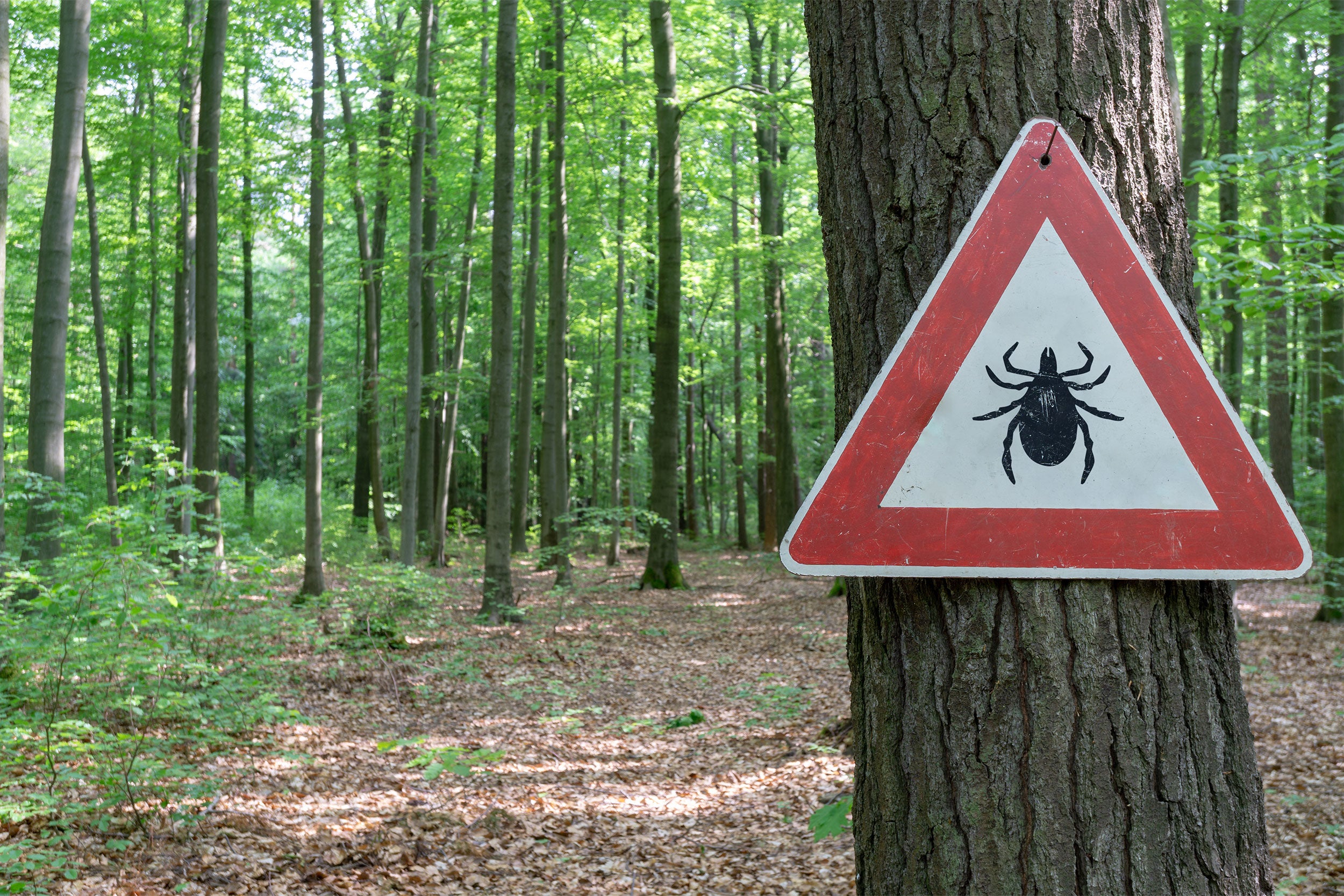
Tornado myths - Wikipedia
Tornado myths are incorrect beliefs about tornadoes, which can be attributed to many factors, including stories and news reports told by people unfamiliar with tornadoes, sensationalism by news media, and the presentation of incorrect information in popular entertainment. Common myths cover various aspects of the tornado, and include ideas about tornado safety, the minimization of tornado damage, and false assumptions about the size, shape, power, and path of the tornado itself.
Some people incorrectly believe that opening windows ahead of a tornado will reduce the damage from the storm. Some people also believe that escaping in a vehicle is the safest method of avoiding a tornado, but this could increase the danger in some situations. Other myths are that tornadoes can skip houses, always travel in a predictable direction, always extend visibly from the ground to the cloud, and increase in intensity with increasing width. Finally, some people believe that tornadoes only occur in North America, do not occur in winter, or that some areas are protected from tornadoes by rivers, mountains, valleys, tall buildings or other geographical or man-made features; the truth is that tornadoes can occur almost anywhere at any time if the conditions are right. Some geographic areas are simply more prone to these conditions than others.
Some tornado myths are remaining bits of folklore which are passed down by word of mouth. The idea that the southwest corner of a structure is the safest place in a tornado was first published in the 1800s and persisted until the 1990s despite being thoroughly debunked in the 1960s and 70s.[1] One notable instance of mass media spreading a tornado myth was after the 1999 Oklahoma tornado outbreak, where TIME magazine ran a caption on a picture suggesting that highway overpasses were safer tornado shelters than houses.[2][3] The spread of some myths can be attributed to popular tornado-themed movies such as The Wizard of Oz and Twister.[4]








/cdn.vox-cdn.com/uploads/chorus_asset/file/23935561/acastro_STK103__04.jpg)
/cdn.vox-cdn.com/uploads/chorus_asset/file/24371483/236494_Mac_mini__2023__AKrales_0066.jpg)







